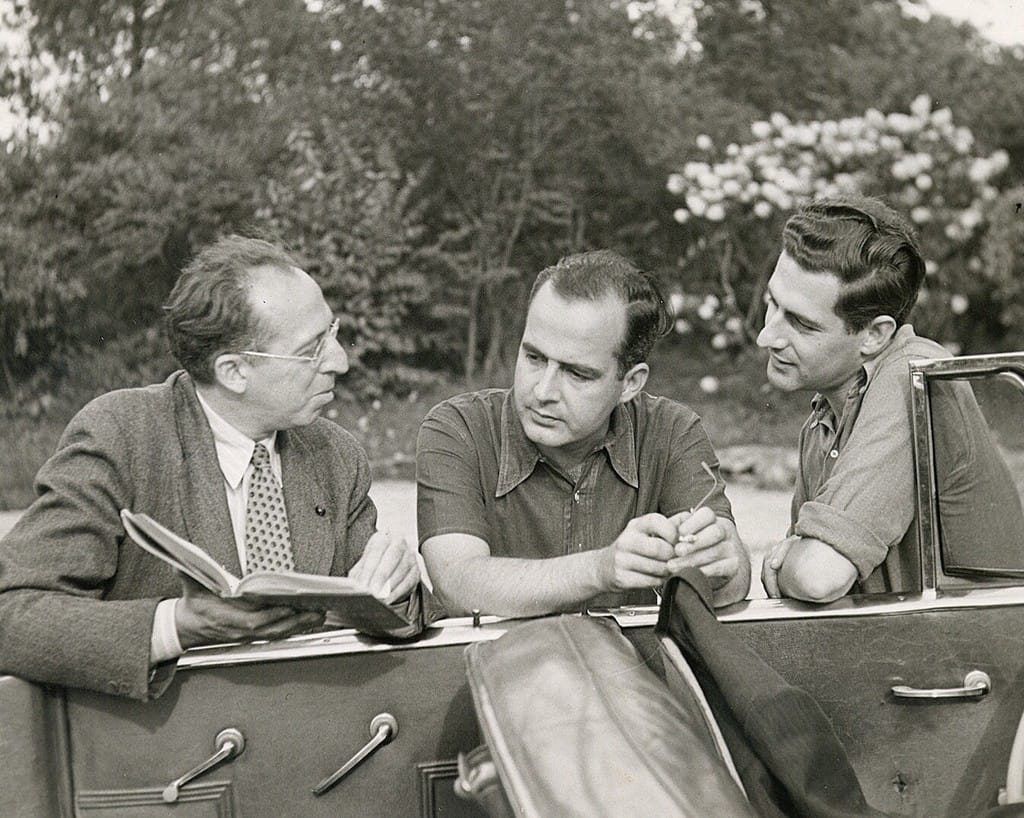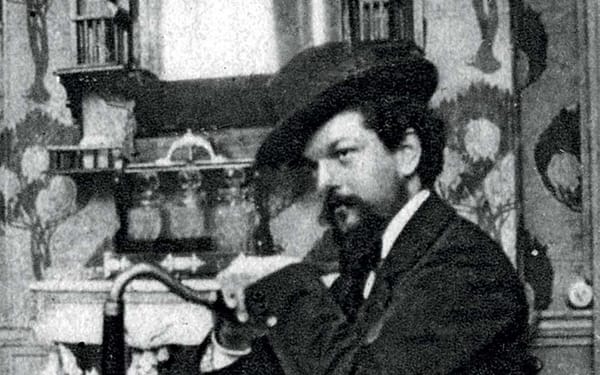Revisitation of the Samuel Barber ‘Adagio for Strings’

Haunting or bewitching are words that come to mind to the hundreds of thousands of those who have experienced Samuel Barber’s 1936 Adagio for Strings. Or the countless millions whose lives have been unwittingly changed by eight minutes of music of which they could not name composer or title.
Composer and title are so inextricably linked, it would be an error to use the possessive adjective of Barber.
Barber studied at the Curtis Institute of Music, where he met his lifetime’s lover, Gian Carlo Menotti. Between them they shared conductor, Thomas Schippers, whose outstanding beauty they propelled into international fame, not least through his conducting of their music. Those – at the time, private – relationships had their ups and downs, as such relationships frequently did.
Menotti wrote the libretto of Barber’s first opera, Vanessa which was an immediate success at the New York Met, conducted by Schippers.
Barber longed for his Adagio to have its premiere with the NBC (National Broadcasting Council) Symphony Orchestra with its conductor, Arturo Toscanini. Nothing like Italian to Italian, thought Barber. But then it seemed he was mistaken. For Toscanini – ever arrogant and brusque – returned the manuscript to Menotti without so much as a note.
Later when Barber, through Curtis, procured Schirmer, America’s leading music publishers, he asked them to try Toscanini and the NBC again. They did. This time Toscanini said he had returned the manuscript to Menotti because he had already memorised it The NBC premiere was duly arranged on 5 November 1938, with Toscanini claiming he only looked at the manuscript a day before the performance to ensure his memory was not defective! Make of that what you will
Reviews were mixed. The New York Times was ecstatic. Others dismissed the new, short work as of no consequence.

Some background information is useful. The opening of Barber’s Adagio is marked Molto adagio. Almost all performances are too fast. Any musician will tell you that it is extremely difficult to play slowly: much more time for things to go wrong. Or to lose control of the sound in manifest different ways. And strings have their unique delivery problems. Barber had taken the second movement of his string quartet Op.11, which is in B flat minor – not a key loved by string players. With very few changes, he gives it to the players, adding the double basses – augmenting the yearning expressiveness to the soundscape.
To most 1938 string players, this proved a request too far. (Toscanini began as a cellist, the instrument that sings most easily, while retaining its richer possibility of making a purposeful contribution to the whole.) Then there is the question of the balance of the instruments. The violins have a fairly easy singing quality too, though not with the richness of the cellos. Violas can easily sound as though they have a bad cold: finding their way through that fog is central to their delivery. Add the requisite slowness and the challenge is inestimable. Skilled, assured bowing is essential, coupled with the courage of the conductor.
Having established eternal calm in the opening bars, while retaining that calm, Barber introduces some turbulence by changing the time signature in four consecutive bars: 4/2 5/2 6/2 3/2. This is a masterstroke. Life with death. I am reminded of Freud, who unlike protestant Jung, was unable to see death as a friend.
It is said that everyone can remember where they were on 9/11 – the terrorist attacks on the NY twin towers. I was in a small village in Calabria – Santa Severina, working with a group of young European musicians who were trying to improve their skills. They had been irritated by the conductor who was playing a game of ‘French leave’. But on this occasion he really did come into his own. He called his orchestra and asked for the full score and parts of the Adagioto be instantly dispatched to Santa Severina, explaining that the bowing marks in these parts were the ideal ones he preferred. The be-all and end-all of the music. Italian post is notoriously unreliable. On this occasion it was not. The one photocopier in the village, at the stationers was closed. But everyone knows everyone else here. The old woman of the stationers – assisted by the mayor’s secretary, ran off the copies. Rehearsals began.
It so happened that RAI (state radio and television) had agreed to make a reportage of the musicians’ workshop. They filmed them in the Cathedral playing the Adagio. (The priest was one of our many friends. I’ve told them to go upstairs to pray today, he said of the women who came for the afternoon mass, Otherwise your conductor is going to lose his cool he added with a wink.)
RAI broadcast this Adagio from the cathedral in all Italy and beyond, at every mention of 9/11. The young players and Santa Severina had become accidental superstars.
The Adagio was brought out for the death of every successive US President. Jackie Kennedy (as she was) was particularly insistent that it was her husband’s favourite piece of music and must play its part after his tragic end.
In 2001 it was played in the Royal Albert Hall at the Last Night of the BBC Proms.
The truth is that this masterpiece has become part of all our lives. And deaths.
Even, and perhaps especially, of those who don’t know its name or composer.
By Jack Buckley. This article first appeared on Seen and Heard International.





